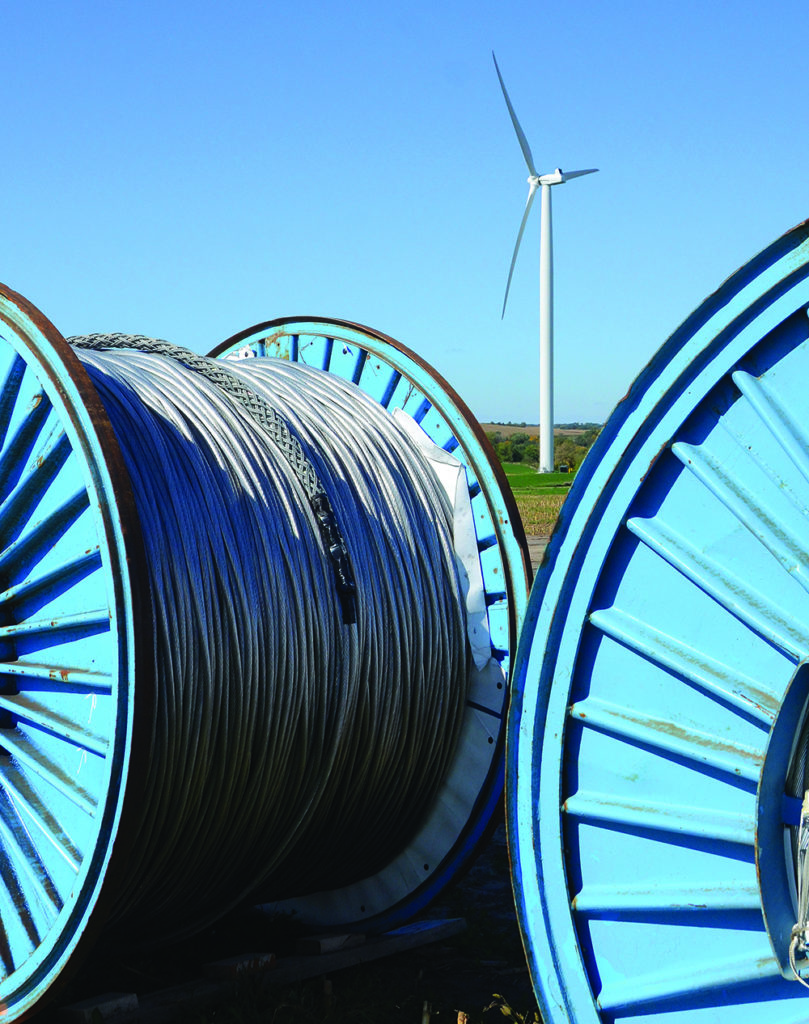What drives the need for transmission system improvement
 Early in our operational existence we focused on creating a smooth‑flowing electrical highway to more reliably serve our customers. This involved finding the logical places in our service area to develop transmission projects. Major, network‑driven projects accounted for significant investment in our 345‑kV system. As we were making our network more interconnected and reliable, we also analyzed the life‑cycle maintenance of our existing assets, focusing on an asset management strategy to complement and create synergies with our network additions.
Early in our operational existence we focused on creating a smooth‑flowing electrical highway to more reliably serve our customers. This involved finding the logical places in our service area to develop transmission projects. Major, network‑driven projects accounted for significant investment in our 345‑kV system. As we were making our network more interconnected and reliable, we also analyzed the life‑cycle maintenance of our existing assets, focusing on an asset management strategy to complement and create synergies with our network additions.
Today, our effective management of transmission assets complements our planning strategy for electric reliability and economic benefits.
In a collaborative process, our asset management and planning teams work with other functional groups and stakeholders to achieve the best solutions to transmission system needs. Asset management staff monitor the system through maintenance and inspection programs to identify issues related to equipment performance or condition. Equipment needing attention is discussed internally and with customers to determine if replacement in kind is required and if other reliability needs exist within the geographic area. Needs are evaluated using various options to determine the best means of maintaining reliability. These discussions with customers occur at 10-Year Assessment stakeholder meetings and MISO System Planning Meetings.
Common needs that drive system improvements include:
- New or retiring generation – changes in the generation impact on the transmission system, the location and amount of power flowing as well as system stability
- Economics – greater access to the wholesale energy marketplace provides economic opportunities to utility customers
- Enhanced NERC reliability standards – require a greater degree of redundancy and analysis to assure reliable, resilient operation
- Public policy – renewable energy mandates and pending air quality regulations will affect how the transmission system will be built and used
- Asset renewal – maintaining the system in good operating condition extends its life and improves safety and performance
- Interconnections – changes in how our customers distribute electricity to consumers require new or modified transmission facilities
- Load changes – while overall load growth is low, loads are appearing and disappearing, changing power flows on the system
- New technologies – synchronized phasor measurements, demand‑side management and distributed energy resources affect how the grid is planned and operated to maintain reliability
- Communications – improvements in communication technology, such as fiber optics, are incorporated to support an ever‑increasing need to see and control what is happening on the transmission system in real time
